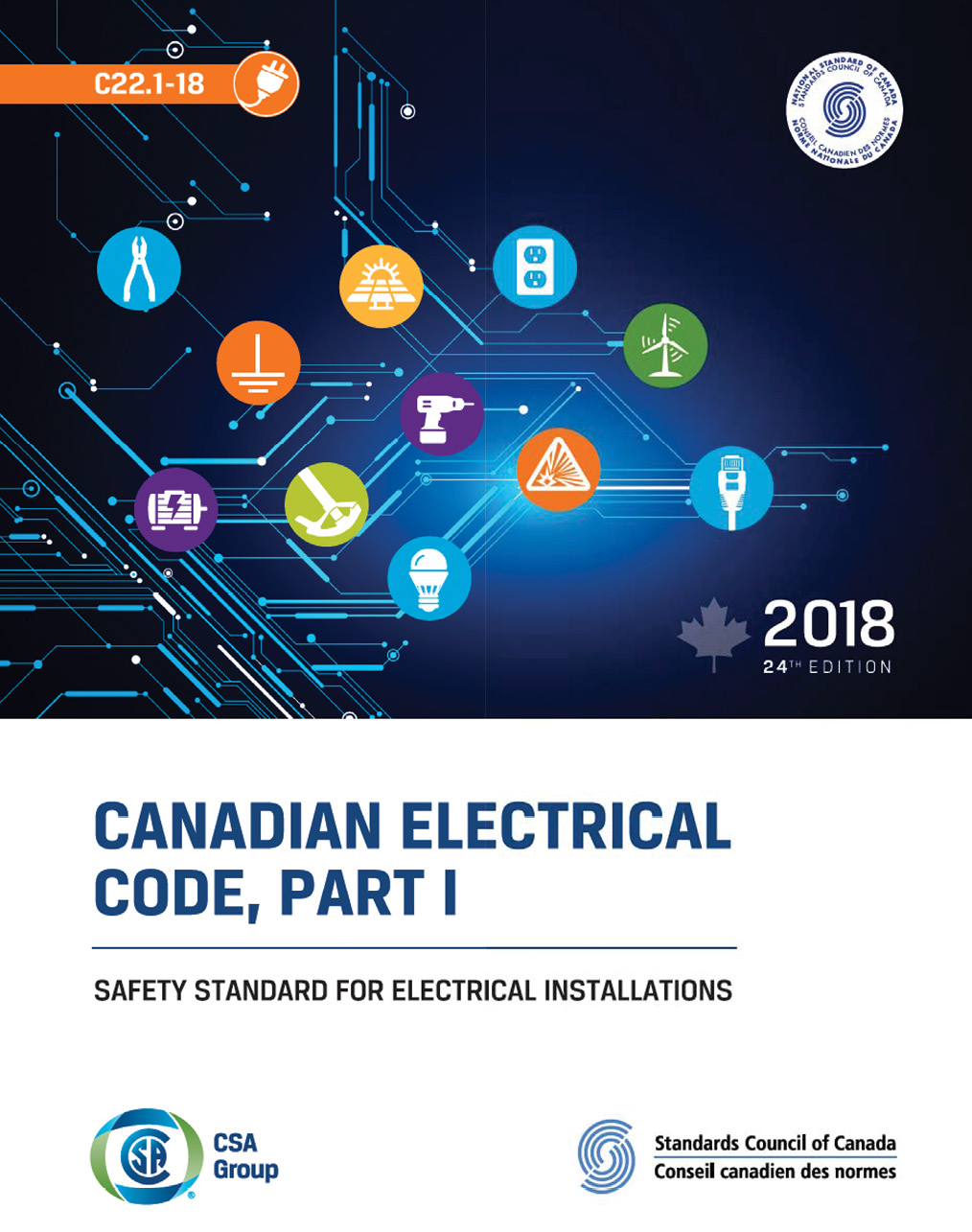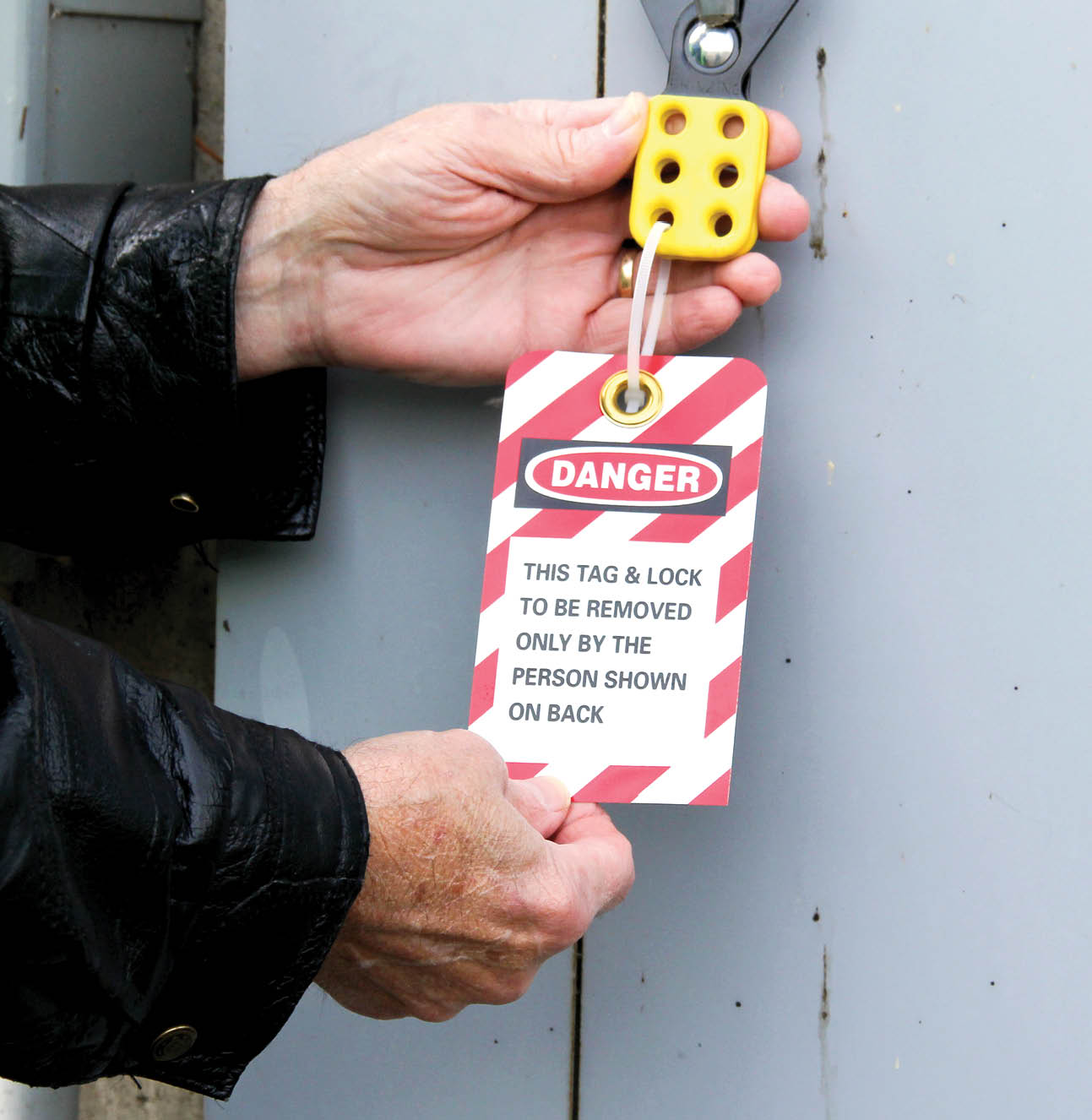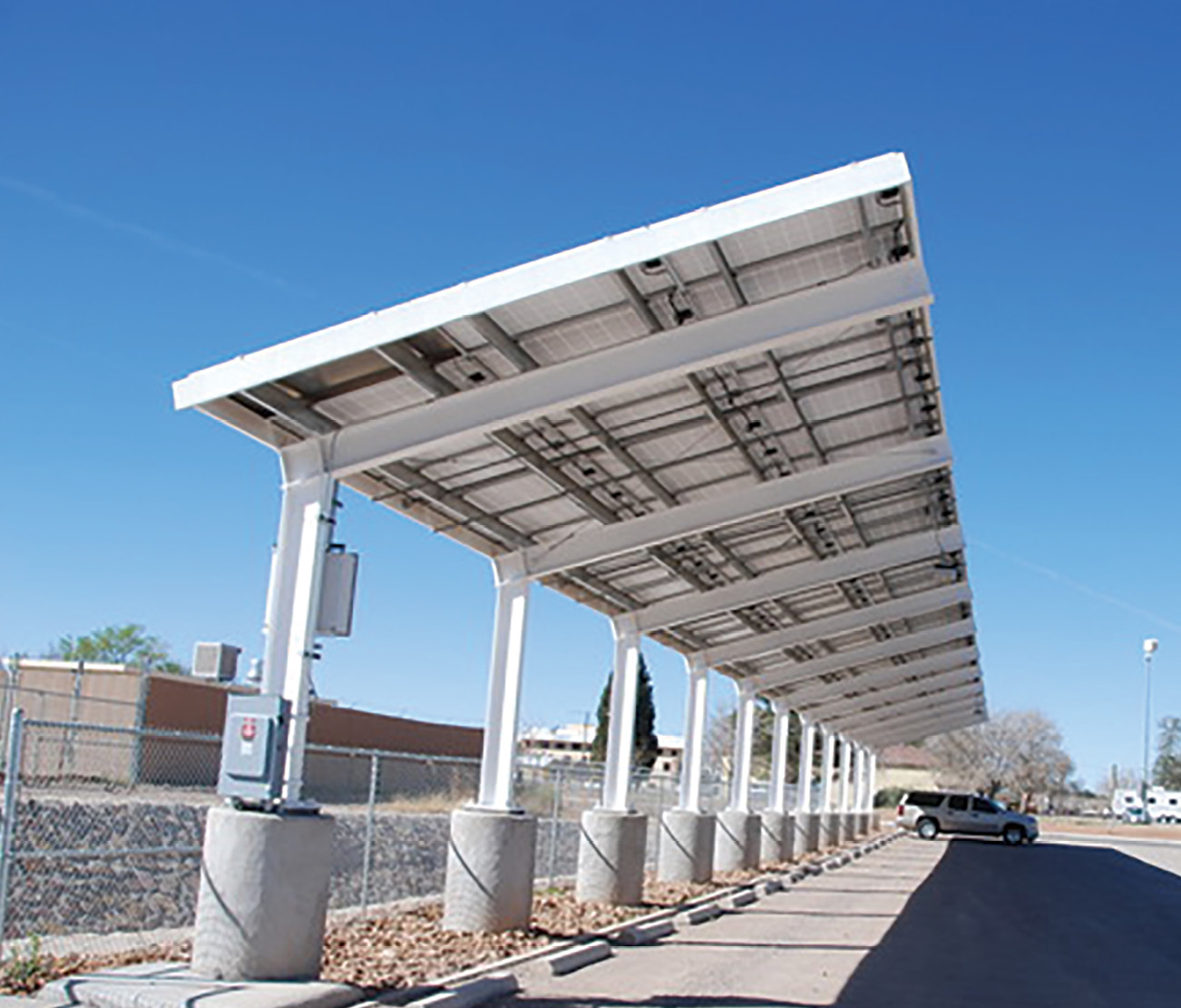The CE Code means that the emergency generator must be installed in every high building as the required emergency power supply source for smoke control and smoke venting fans and dampers
Do I have to use a power supply/driver that is specifically Listed as an LED driver or low voltage lighting power supply? 2017 NEC 411.4(B)(2) just requires a Listed power supply. Listed for what?
This is the fourth of a series of five articles detailing significant changes approved by the Technical Committee for the 2018 Canadian Electrical Code Part I (CE Code).
Even though May is National Electrical Safety Month highlighting awareness of electrical safety, we can’t become complacent during the other 11 months. It only takes a second to incur an injury, but a lifetime to heal.
Codes, standards, equipment, and the organizations certifying that equipment meets a particular standard are continually changing. The harmonization of U.S. standards with international standards—while potentially reducing costs in the international arena—may complicate the application of these standards as they are adopted.
Requirements for testing of integrated fire protection and life safety systems are provided in Part 3 and Part 9 of the National Building Code of Canada 2015 (NBC) in respect to newly constructed buildings.
It is the responsibility of the authority having jurisdiction (AHJ) to determine whether any field modifications are significant enough to require a UL staff member to evaluate the modified product. UL can assist the AHJ in making that determination.
Take this energy storage quiz based on the 2017 National Electrical Code to test your ability to find all of the regulations on energy storage.
In addition to paying taxes, there is one thing you can count on for sure: the electrical industry will continue to evolve. All we have to do is look at energy storage as an example and how it has evolved over the past two centuries.








